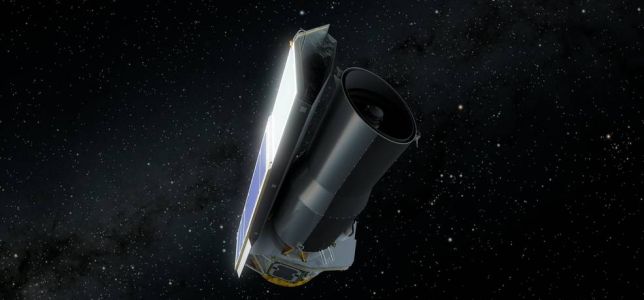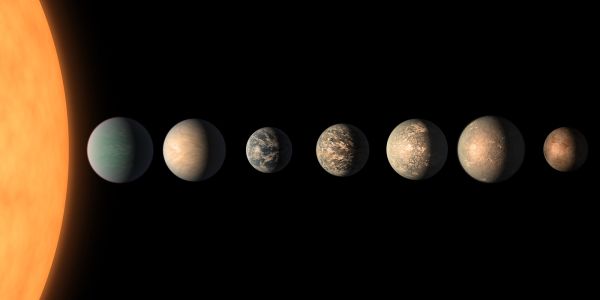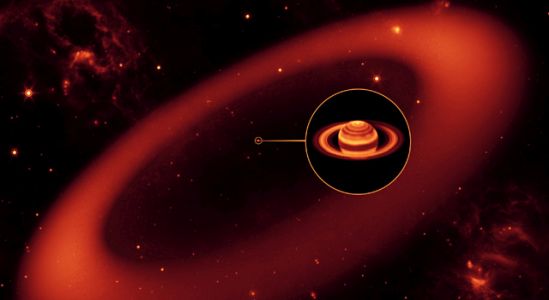
Mission over: NASA’s Spitzer Space Telescope goes to sleep after 16-year run

Yesterday, NASA announced that after more than 16 years of studying our universe in infrared light and revealing new wonders in our solar system, our galaxy, and beyond – NASA’s Spitzer Space Telescope’s mission has come to an end.
Mission engineers confirmed at 2:30 p.m. PST (5:30 p.m. EST) on Thursday, the spacecraft was placed in safe mode, ceasing all science operations. After the decommissioning was confirmed, Spitzer Project Manager Joseph Hunt declared the mission had officially ended.
Launched in 2003, Spitzer was one of NASA’s four Great Observatories, along with the Hubble Space Telescope, the Chandra X-ray Observatory and the Compton Gamma Ray Observatory. The Great Observatories program demonstrated the power of using different wavelengths of light to create a fuller picture of the universe.
“Spitzer has taught us about entirely new aspects of the cosmos and taken us many steps further in understanding how the universe works, addressing questions about our origins, and whether or not are we alone,” said Thomas Zurbuchen, associate administrator of NASA’s Science Mission Directorate in Washington.
“This Great Observatory has also identified some important and new questions and tantalizing objects for further study, mapping a path for future investigations to follow. Its immense impact on science certainly will last well beyond the end of its mission.”
Among its many scientific contributions, Spitzer studied comets and asteroids in our own solar system and found a previously unidentified ring around Saturn.

It studied star and planet formation, the evolution of galaxies from the ancient universe to today, and the composition of interstellar dust. It also proved to be a powerful tool for detecting exoplanets and characterizing their atmospheres. Spitzer’s best-known work may be detecting the seven Earth-size planets in the TRAPPIST-1 system – the largest number of terrestrial planets ever found orbiting a single star – and determining their masses and densities.
In 2016, following a review of operating astrophysics missions, NASA decided to close out the Spitzer mission in 2018 in anticipation of the launch of the James Webb Space Telescope, which also will observe the universe in infrared light. When Webb’s launch was postponed, Spitzer was granted an extension to continue operations until this year. This gave Spitzer additional time to continue producing transformative science, including insights that will pave the way for Webb, which is scheduled to launch in 2021.
Also see:
NASA renames critical software facility in honor of ‘Hidden
Figures’ Katherine Johnson
“Everyone who has worked on this mission should be extremely proud today,” Hunt said. “There are literally hundreds of people who contributed directly to Spitzer’s success, and thousands who used its scientific capabilities to explore the universe. We leave behind a powerful scientific and technological legacy.”
Though it was not NASA’s first space-based infrared telescope, Spitzer was the most sensitive infrared telescope in history when it launched, and it delivered a deeper and more far-reaching view of the infrared cosmos than its predecessors. Above Earth’s atmosphere, Spitzer could detect some wavelengths that cannot be observed from the ground. The spacecraft’s Earth-trailing orbit placed it far away from our planet’s infrared emissions, which also gave Spitzer better sensitivity than was possible for larger telescopes on Earth.
(Source: NASA)
Posted by: Richard Webster, Ace News Today / Follow Richard on Facebook and Twitter






